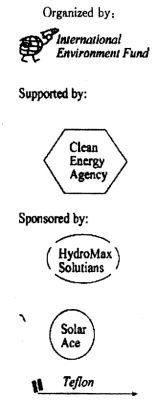题目内容
完形填空
阅读下面短文, 从短文后所给各题的四个选项(A、B、C、D)中, 选出可以填入空白处的最佳选项, 并在答题卡上将该项涂黑。
Tony set off for home again without having eaten since, as usual, one of the older boys had taken his packed lunch. Angry and , Tony rushed to the park, when he suddenly saw a wasp (黄蜂) flying about among the rose bushes. It him, making him get away from the roses immediately. Then, a came into his head: how is it that something so much than himself could frighten him like that?
Having the insects for a while, he had a good understanding of the wasp’s ; it was fear. A wasp could never a person, but everyone was so afraid of its sting that they left the wasp . So Tony spent that night what his “sting” could be.
The next day, Tony seemed like a boy. No longer did he walk with his eyes fixed on the ground, nor did he nervously when people spoke to him. Instead, he became brave and , ready to face up to anyone. The boy who stole his packed lunch that day ate so spicy a sausage sandwich that he crying and coughing. Never again did he rob Tony of his lunches. Another older boy to hit Tony, but this time tony looked at the boy and bravely. From memory, he told him the of his parents, his teacher, and the boy’s own mother, “ you hit me I’ll call them, and you’ll be severely punished.” The boy turned around and from the scene.
The strategy . So, in the end, Tony became like the wasp he’d seen. Without even having to sting anyone, he frightened them, and that no one would mess with him.
1.A. excited B. dissatisfied C. frustrated D. relaxed
2.A. scared B. thought C. rescued D. comforted
3.A. guess B. thought C. belief D. view
4.A. smaller B. bigger C. smarter D. fiercer
5.A. collected B. tested C. watched D. counted
6.A. challenge B. trick C. choice D. method
7.A. bite B. warn C. fight D. please
8.A. in peace B. in silence C. by comparison D. on end
9.A. remembering B. doubting C. regretting D. wondering
10.A. different B. common C. strange D. rare
11.A. turn back B. look into C. turn down D. look away
12.A. confident B. reliable C. cheerful D. sensitive
13.A. picked up B. brought out C. ended up D. cut down
14.A. promised B. threatened C. decided D. started
15.A. cruelly B. proudly C. determinedly D. proudly
16.A. numbers B. feelings C. names D. changes
17.A. As B. If C. Though D. Unless
18.A. withdrew B. recovered C. sheltered D. suffered
19.A. improved B. failed C. survived D. worked
20.A. proved B. guaranteed C. concluded D. foresaw



